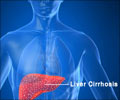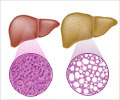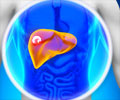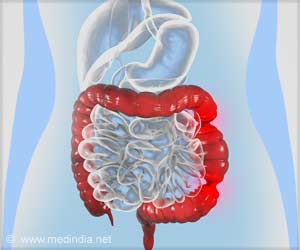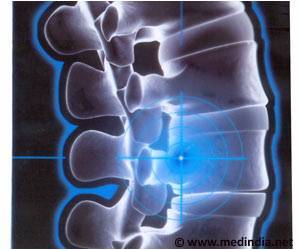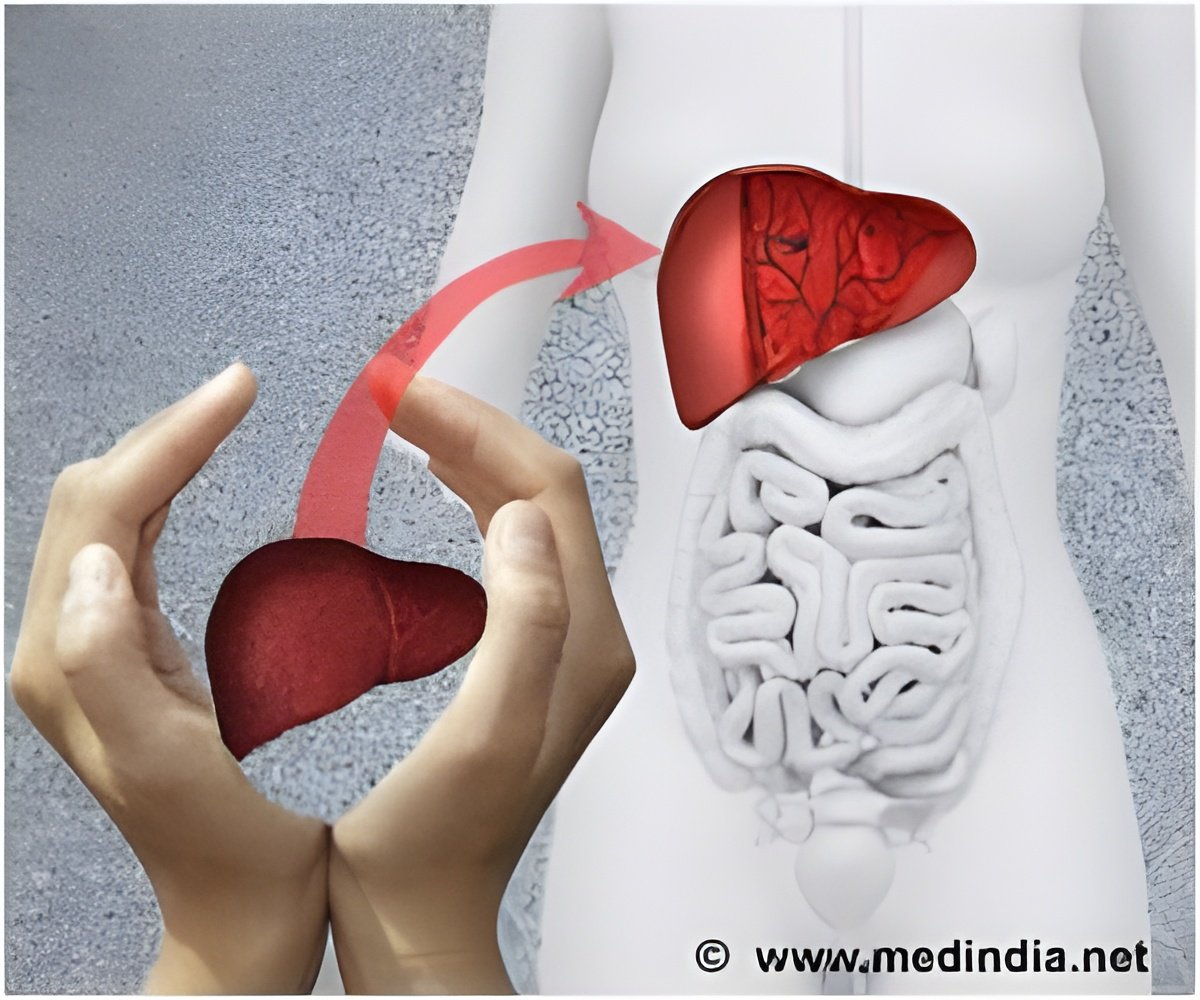
Research of transplant centers around the world found that those with more experience conducting live donor procedures had lower rates of aborted surgery and life-threatening "near-miss" events.
For patients with end-stage liver disease, liver transplantation is their only option to prolong life. However, more than 16,000 Americans are currently on the waiting list for a liver according to the Organ Procurement and Transplantation Network (OPTN). The critical shortage of deceased donor organs has increased LDLT—a procedure that uses a healthy portion of the liver from a living donor for transplant. Although prior research shows that LDLT is an effective treatment, a 2007 study by de Villa et al. found that LDLT accounts for less than five percent of liver transplants in the U.S. and Europe.
"Donors who decide to provide a portion of their liver to a loved one in need are making an extremely difficult decision to save the life of another," explains lead author Dr. Elizabeth Pomfret, Professor of Surgery at Tufts University and Chair of the Department of Transplantation and Hepatobiliary Diseases at Lahey Hospital & Medical Center in Burlington, Mass. "It is our responsibility as transplant specialists to provide donors with comprehensive information and education relating to LDLT, including any risks, so they may make informed decisions about donation."
To extend understanding of potential risks for liver lobe donors, the team conducted a web-based survey of 148 transplant centers around the world that perform LDLTs. Center representatives were asked to provide donor demographics; morbidity and mortality incidence; "near-miss" event data, and number of aborted procedures. Potentially life-threatening "near-miss" events included severe intraoperative bleeding, reoperation for bleeding, biliary reconstruction and pulmonary embolism.
A total of 71 centers (48%) responded to the survey, representing 21 countries, and performing 11,553 LDLTs procedures. Analysis shows that donor morbidity was 24% including five donors who required liver transplantation. Donor mortality was 0.2% (23/11,553), with the majority of deaths occurring within 60 days post-transplant and 19 deaths were a direct result of transplant surgery. Researchers reported that "near-miss" event and aborted surgery incidence was 1.1% and 1.2%, respectively.
Advertisement
In a related editorial, Dr. Daniela Ladner, Assistant Professor of Surgery at Northwestern University Feinberg School of Medicine in Chicago, IL agrees, "Living liver donation is arguably the most invasive operation we as surgeons perform in willing patients with no demonstrable medical benefit, allowing them to donate a portion of their liver to save the life of someone with end-stage liver disease. As Dr. Pomfret and colleagues suggest, transplant surgeons are obligated to fully disclose all potential risk to donors." Dr. Ladner also suggests that all complications as well as near-miss events that did not reach the patient should be captured and systematically examined to identify areas of improvement with LDLT procedures and reduce life-threatening events for living donors.
Advertisement





